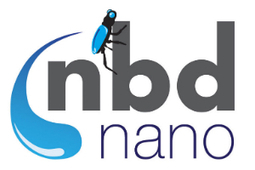"Plants and certain animals like the fog beetle can survive in very arid regions because they’ve developed ways of absorbing minute amounts of water from the atmosphere. Learning from their example allowed us to develop fog harvesting technologies—basically giant nets that trap moisture in the foggy mist, and funnel all of the tiny droplets into a container where they add up to water we can drink. In 2013, scientists at MIT created an advanced fog harvesting material that enables these giant mist catchers to generate five times more water."
Research and publish the best content.
Get Started for FREE
Sign up with Facebook Sign up with X
I don't have a Facebook or a X account
Already have an account: Login
 Your new post is loading... Your new post is loading...
 Your new post is loading... Your new post is loading...
|
|















